Spin Doctors: An Interview with Simon Schaffer
The absolutist promise of perpetual motion
Christopher Turner and Simon Schaffer
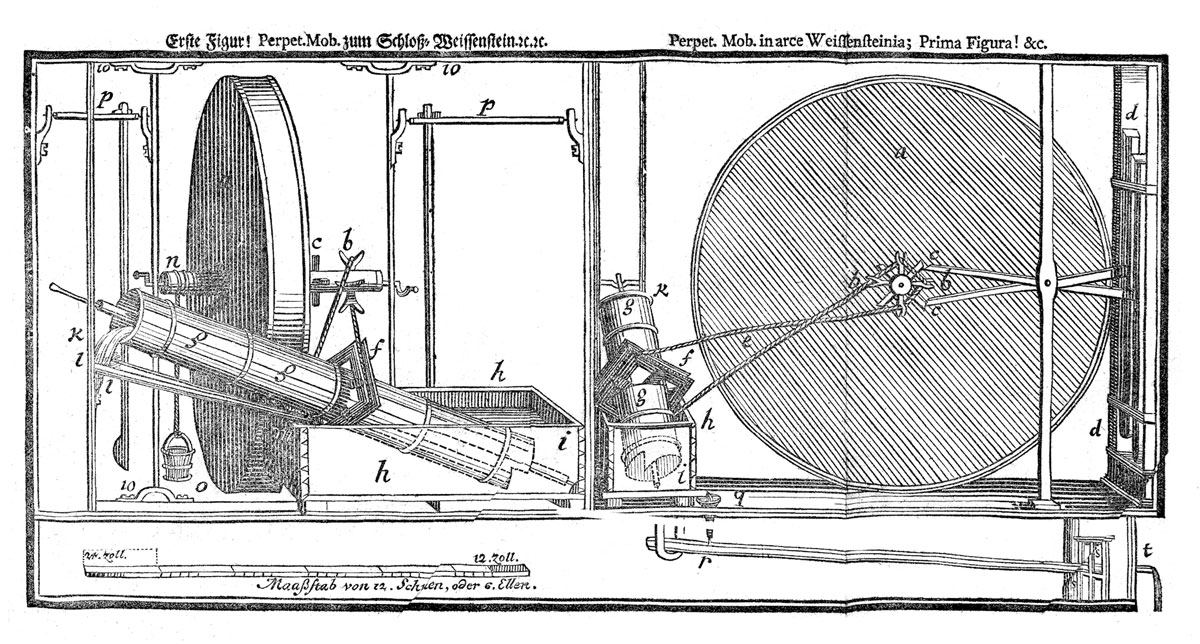
The fantasy of perpetual motion—of machines that run on nothing, and never slow or tire—has come to be virtually definitional of a certain form of vain, irrational ambition. But in the seventeenth and eighteenth centuries, it occupied a significant place in political, economic, and philosophical discourse, situated as it was at the intersection of the market, science, and technology. In his article “The Show That Never Ends: Perpetual Motion in the Early Eighteenth Century,” historian Simon Schaffer traces the idea’s pedigree across an era of fervent speculation, both scientific and commercial, and tells the story of the celebrated, perpetually spinning wheel devised and promoted by the Saxon engineer and clockmaker Johann Bessler, better known as Orffyreus. Why did figures as diverse as Newton and Leibniz show interest in perpetual motion? And what did the phenomenon have to say about the status of “value” and “power” (political, scientific, economic) in the midst of the Enlightenment? Cabinet editor Christopher Turner spoke with Schaffer, professor in the Department of History and Philosophy of Science at the University of Cambridge, by phone.
Cabinet: To begin with, would you paint a picture of the scene in the room at Weissenstein castle in the summer of 1721, when Leiden physics professor Willem ’s Gravesande and Viennese courtier Joseph Emanuel Fischer von Erlach came to view the mysterious machine whirring within it?
Simon Schaffer: We know surprisingly much about this setting. We know that, for example, it was a place that received a rather large number of visitors because of the spectacle of this extraordinary wheel, which had been installed in the fall of 1717, and was, let’s not forget, twelve feet in diameter, and very thick: eighteen inches. It was a very bulky wheel on a very long axle—not a slender and elegant piece of engineering. Though very large, the wheel went around extremely quickly, about once every two seconds. So it was not the London Eye. There was a cord wound around the axle that could be attached to other machines. In the room were a group of elegant gentlemen dressed in early eighteenth-century court dress, including our two visitors and, of course, the man who designed the wheel, whose real name was Johann Bessler but who went by the name of Orffyreus. He was a clockmaker in his early forties from Saxony in central Germany; he was a very well-known man, he had not come from nowhere.
Through the 1710s, Bessler had been engaged in a whole series of wheel shows in central Germany, around Leipzig and elsewhere, and had gotten into lots of pamphlet wars with critics who thought he was a conman. A few people, including Jakob Mahn, the clockmaker to whom he had apprenticed, claimed that they had thought of the idea first; others said that it was a trick; and some people said both! There was even one model maker, Andreas Gärtner, who said it was a trick, and then made a really good living showing the trick.
But the scene in the room at Weissenstein must have been extraordinary for a culture that—and this is something that we don’t always remember—was so familiar with wheelwork. After humans and animals, wheels driven by wind and water were by far the main source of motive power. So although the visitors had seen a lot of large wheels rotating, this one didn’t seem to have any visible source of motion. The visitors even manipulated the wheel, which I find very interesting. For example, they tried to stop it turning just by putting their hands on it, and were almost lifted off the ground. They eventually brought it to a halt, but when they restarted it, it went right back to its original speed incredibly quickly. And it worked equally well when it ran backwards. They couldn’t see what was inside the wheel, it wasn’t a wheel with spokes—it had a wooden frame covering the whole of its center. And they could hear things, weights falling, and were a bit puzzled by that. And then lastly, they examined the axle very closely. There were iron rods and brass cords on which the wheel rested. They couldn’t see any connection between the wheel and the outside room, and immediately wrote a number of people—notably Isaac Newton, president of the Royal Society, and John Desaguliers, the society’s curator—to say, “We’ve seen this wheel; it’s completely amazing and we’re not sure how it works.”
How do you think it worked? Obviously there was the rumor of concealment that you discuss, the idea that a servant hiding in an adjoining room was causing the wheel to move.
I’m pretty open-minded about that. The standard story is that there was someone next door—perhaps an old lady, though that seems a little implausible. But one can well imagine a connection to an adjacent space through the supports. The weights inside, according to Orffyreus’s own diagrams, don’t make sense. And the friction would have been huge given the dimensions of the wheel. I think the reasonable guess is that there was a connection to an externally driven pump of some sort, which would not be untypical.
So why, fifty years later, are studies of all these perpetual motion machines banned? You write that by 1775, on the suggestion of the mathematician Jean d’Alembert, the Paris Academy of Sciences had prohibited any consideration of such schemes. They were seen as a popular delusion, a baroque fantasy. Why do you think perpetual motion played such a central role in eighteenth-century philosophical culture?
I think it was fundamental because it sat at the juncture of three very important aspects of eighteenth-century scientific, technical, and commercial life. This may seem like a story of ancient superstition, but after the economic crash of 2008, maybe not so much. First of all, how do you measure the effect of a machine? In order to show that perpetual motion is technically impossible, you have to develop a very complex science of rational mechanics, more than was ever managed in the eighteenth century. One of the striking things about the debates on perpetual motion in the 1700s is that the Paris Academy’s ban on any discussion of them happens before the physicists in Paris can prove they’re impossible. To prove that perpetual motion of any kind is impossible, you need a theory of thermodynamics, which is not developed until the 1830s and 1840s at the earliest. So there’s a problem of what we might want to call audit: How can you measure the worth of something? How can you show the impossibility of this kind of production and consumption of energy?
Then there’s a problem of status. Who do you trust? Who are the people who are authorities when it comes to what machines can and cannot do? That’s not obvious at all. The people in the room include a physics professor and a courtier who made his living by designing and commissioning engines, and who was trained as an architect. It’s not at all obvious who to trust, right? The problem of credit and credibility is absolutely central to this.
And then finally there’s money. This is exactly the period of maximum credit crunch and financial and stock market bubbles. There were schemes launched to invest in such machines. The secret of Bessler’s machine was on sale, so it was said, for twenty thousand pounds. There were rumors on the London Stock Exchange of joint stock companies that were prepared to invest hundreds of thousands of pounds in perpetually moving wheels. And just as it was very hard to work out the effect of the machine, and very hard to work out who you should trust to judge it, it was extremely hard to work out what a viable investment looked like in the wake of the collapse of the South Sea Bubble the previous year, which had adversely affected a lot of people, including Newton, who seems to have had around twenty thousand pounds (two million pounds in modern money) invested in the South Sea Company. It’s also worth noting that wheels—for pumps, for transport—were often at the center of the catchpenny schemes that flourished in the late 1710s and early 1720s.
So perpetual motion machines were situated at the intersection of the market, science, and technology, which was then the most dynamic area of the European economy, as it is now.
You closely connect Bessler’s machine with water wheels and steam engines. Thomas Newcomen’s engines had recently been set up in British mines, and in 1721 Fischer von Erlach was in Kassel helping install these steam engines in Germany. Were steam engines considered almost as magical at that time as perpetual motion machines?
They were not seen as magical in that way, but in two respects they were absolutely comparable. One was that they seemed to offer the possibility of almost endless mechanical effect. We sometimes miss this point about Newcomen engines—it wasn’t just that they were unusually powerful, which they were, but that they promised the possibility of regular work, in principle forever. And why does that matter? It matters for a particular economic reason, which is that they were going to be used to drive pumps, particularly in deep mines, where you have to keep pumps running forever in order to maintain the water level. So the sense of very permanent machinery was there in the first stationary steam engines.
The other aspect in which they resembled the wheels was that their mode of working was certainly not understood by very many people. If you look at the stationary steam engines that the British had designed and then their agents would install in central and western Europe, especially in the Low Countries, from the 1720s onwards, they are the coming together of three different but related technologies. You needed technology that was capable of building very long, very robust metal cylinders. And that technology comes from gunnery. So exactly the same technology that you would use to make gun barrels was used to make the big cylinders for the steam engines. Secondly, you needed technology that could produce a regular and controllable source of heat in a large container. And that’s a distillery, right? And thirdly, you needed wheelwork. You needed a system of wheel-driven, geared balances that could turn circular motion into vertical motion, and vice versa. And that comes from the clock trade. So like a lot of perpetual motion machines, steam engines were absolutely dependent on clockmakers.
And putting together distillation, clock making, and gunnery limits, to put it mildly, the number of places where these stationary steam engines are likely to be designed. You need to be a warlike, whiskey-drinking (or at least alcohol-drinking), clock-making, time-sensitive, ingenious bunch of blokes. And that kind of means England in this period, because it’s hardly anywhere else that you get all those things in the same place at the same time. And for that reason, foreign observers found them puzzling; not magical, but certainly mysterious.
And there was obviously a lot of industrial espionage. Leibniz warned a colleague that there would be resistance by mine administrators to the new steam techniques. And he also argued that manpower should only be used for skilled tasks in the future and machines would free us. Was there anxiety, corresponding with the idea there was a servant in the machine, that we would all become servants to these machines?
I don’t think that anxiety is very marked yet, for two reasons. One is that they’re not yet delivering that kind of output. Even the machines that don’t rely on trickery break down regularly, as is usual with machinery, especially cutting-edge machinery. The trick is not invention but maintenance; so the aftersale is crucial to distribution here, at least as crucial as the espionage is in the first place. You needed engineers who were more or less on call to fix, repair, re-erect, and maintain the device once it was installed. They break down, fall to bits, blow up, stop working at regular intervals, and that’s true right through the 1700s, even, and especially, in the case of James Watt’s engines in the 1770s and 1780s. So I don’t see in early or mid-eighteenth century journalism or publicity a very strong sense that we are all going to be servants of these in fact rather unreliable bits of machinery.
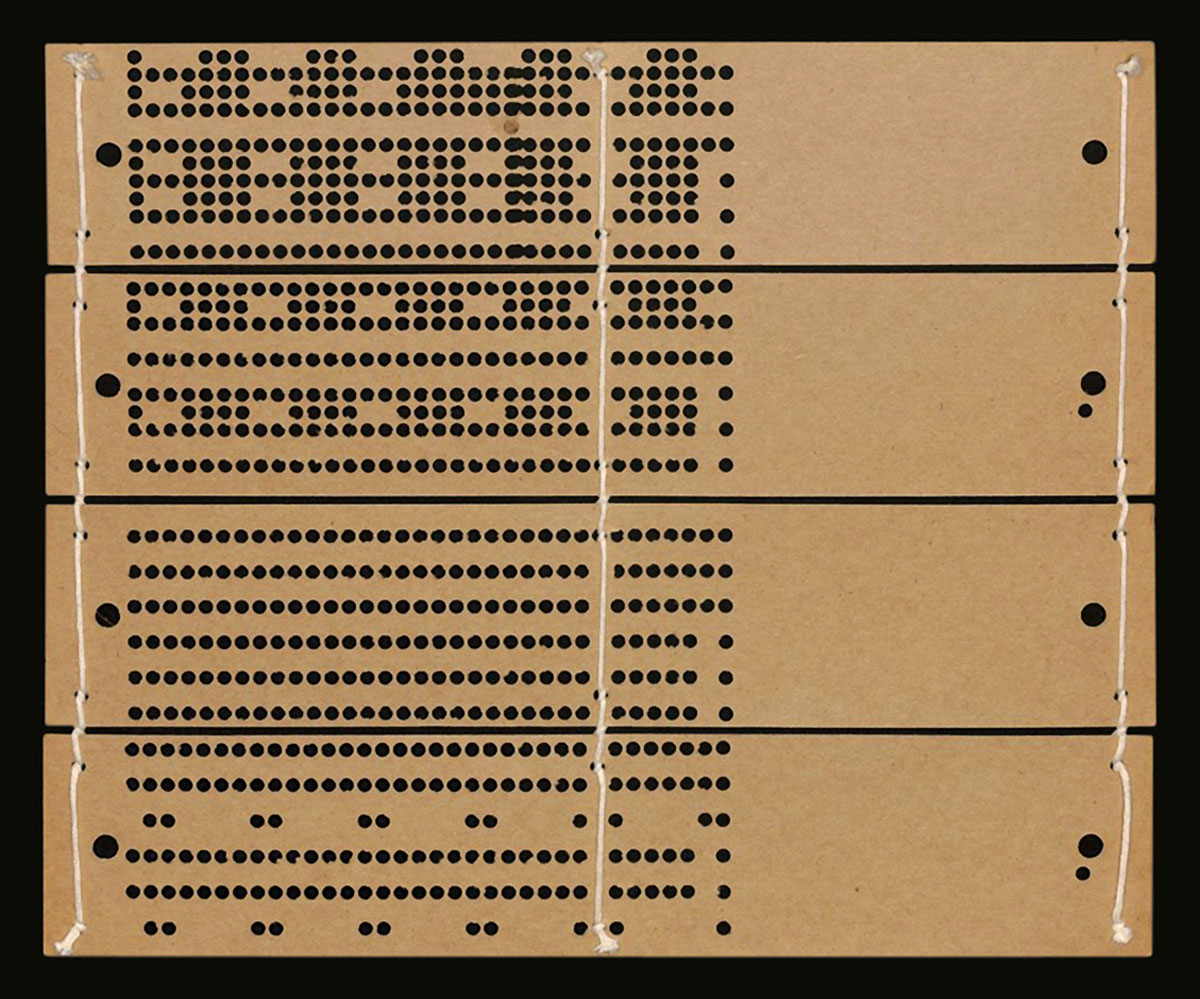
There are, on the other hand, lots of commentaries on whether we ourselves are machines. If there are machines of such ingenuity and complexity that they can execute these kinds of tasks, then the tasks we execute ourselves with our own bodies may perhaps be mechanical tasks. And that’s already in play, philosophically. Back in the 1630s, Descartes had run a thought experiment. Imagine that you were brought up as an engineer, and imagine that you’ve never seen an animal. And then you see one. You’d assume it was a machine. There’s nothing about it that would tell you that it’s not just a very complicated and rather interesting bit of machinery. And of course, what he was insinuating, which was dangerous for a Catholic, was that humans are machines. And that’s absolutely there in the 1730s and 1740s, which see the publication of a book called L’Homme machine by Julien Offray de la Mettrie.
So, the display by steam engineers, clockmakers, and others of increasingly spectacular devices does not seem to threaten the human sense of employability, but it does raise interesting questions about the human sense of the machine.
If we are machines, presumably perpetual motion machines must produce a corresponding fantasy of immortality.
That’s right. If we are machines, and if there are machines that can run forever, well, the syllogism is obvious, right? It’s also why—and I’ve argued this not just in the essay on perpetual motion but in other essays on automata, which are the flip side of the story—this is also exactly the same period when, for example, Vaucanson in Paris builds human-like machines that can play the flute and play the drums, and a duck that can spread its wings and crap and all the things that ducks do. By this stage there is absolutely the sense that if we could master machinery better, we could secure the purposes of immortality and virtue and utopia.
Didn’t Vaucanson also build the mechanical loom, which workers in Lyon attacked and destroyed?
Yes, but that was not because it was a perpetually moving machine, but simply because it was a machine. Don’t get me wrong; there were increasing—and then very rapidly increasing—proletarian and artisanal, especially artisanal, protests about the introduction of machinery into the workplace, and in fact in the textile industry, that goes back a long way. Thomas Shadwell’s hilarious 1676 play The Virtuoso, a satire on experimental philosophers and the Royal Society, ends with a riot by weavers against the newfangled machinery that a Fellow of the Royal Society has designed and that the weavers fear would throw them out of work. As Marx points out, the resistance to the mechanization of textile production goes back at least to the Renaissance, and maybe earlier.
But why weren’t people also smashing up steam engines?
Because the engines weren’t doing anything that seemed to threaten anybody’s livelihood.
Were they not replacing people who had been pumping that water?
They weren’t yet displacing productive labor. This is why I’m emphasizing the fact that overwhelmingly they were used as pumps. But when, from the 1770s, they begin to be attached to machinery in the textile trade—spinning machines, weaving machines—then, the war begins in earnest. And by the 1840s, the two stories come together. A good example of this is the great German physicist Hermann von Helmholtz, who on the one hand says about automata that we used to build a machine made of a thousand parts that could imitate the action of one person, but now we build machines that get rid of the labor of a thousand people. And at the same time, actually in the same lecture, he says, “Our whole physics is based on the fact that perpetual motion is impossible.” So there is a switch, it seems to me, from a fetishism of the perpetually moving wheel to an eschatology about the displacement of labor. There’s that move in the hundred years after Orffyreus.
You write that the “theater of machines,” as performances of elaborate mechanical devices such as Orffyreus’s were known, was also a display of power. Why were perpetually moving machines such a good image of absolutist power?
Because that notion of rational, mechanical, predictable, and non-discretionary authority—law-like authority, regular authority—is the false consciousness of absolutism. Monarchs like Frederick the Great very often compared their regimes to mechanics, and for that regime to be offering up the possibility of eternity was a very appealing image. Here is a rational, predictably designed, non-discretionary system that will run forever. That’s a pretty appealing image for the spin doctors.
Was it also a symbol of divine power? Were they ever related?
Yes, absolutely. Since I’m an atheist, I tend to think that images of God are built up out of political realities and not the other way around. The political theology of the period is obsessed by an account of the divine as a very smart and very powerful engineer who has built a world whose features display his cleverness and his eternity. And therefore it seemed completely obvious that the world, the universe, is a designed and perpetually moving engine. Of course what that then motivates is lots of discussions about whether, given such a universe, it would be possible to design a small-scale perpetually moving engine. Some very eminent scientists say yes, including Leibniz and his ally Jacob Bernoulli in Switzerland. And that became a ferocious fight between the scientists about whether the universe as a whole is well described as an autonomous—albeit created—well-designed, perpetually moving machine. The Newtonians rather thought not.
If the Newtonians thought not, and there were so many schemes of perpetual motion on offer, why was this one taken more seriously than others at the Royal Society?
I think that timing was part of it, coming as it did at the very height of speculation fever and the engineering bubble in which a lot of the fellows of the Royal Society were involved, either as investors or consultants or backers, including Newton himself. And the other reason is indeed the status of the people who reported it, especially ’sGravesande, who was Newton’s representative in Europe and was introducing Newtonian science into Dutch universities using machines. So when he tells the boys in London that there’s this wheel that seems to go around forever without any external source of power, they take that pretty seriously. They are, nevertheless, extremely skeptical. I don’t find that Desaguliers, who is Newton’s left hand and chief experimenter at the Royal Society, ever thought this wheel was moving perpetually.
If faith in perpetual motion is seen as a parable of the fallibilities of the human mind, how old is that parable? Is it something that is just connected with the origins of the industrial revolution, or is it a more ancient fantasy?
I think it is a very ancient fantasy. For example, it’s clearly there in the stories around Archimedes, and Hero of Alexandria’s book The Pneumatics seems to contain schemes rather like this one, it must be said. Generalizations are dangerous, but if you consider what Alexandria must have been like in the first century of our era, when Hero was working, around 50 CE, it’s a technologically sophisticated, large, economically wealthy city in more or less permanent political crisis with complicated religious and political views about its place in the universe and the nature of the gods and of the king. The city also has a relatively large number of sophisticated mathematicians and engineers, numerous artisans/technicians capable of building engines, and a significant number of administrators, lawyers, priests, and merchants. That seems to be just the menu you’d need to have stories like this one.
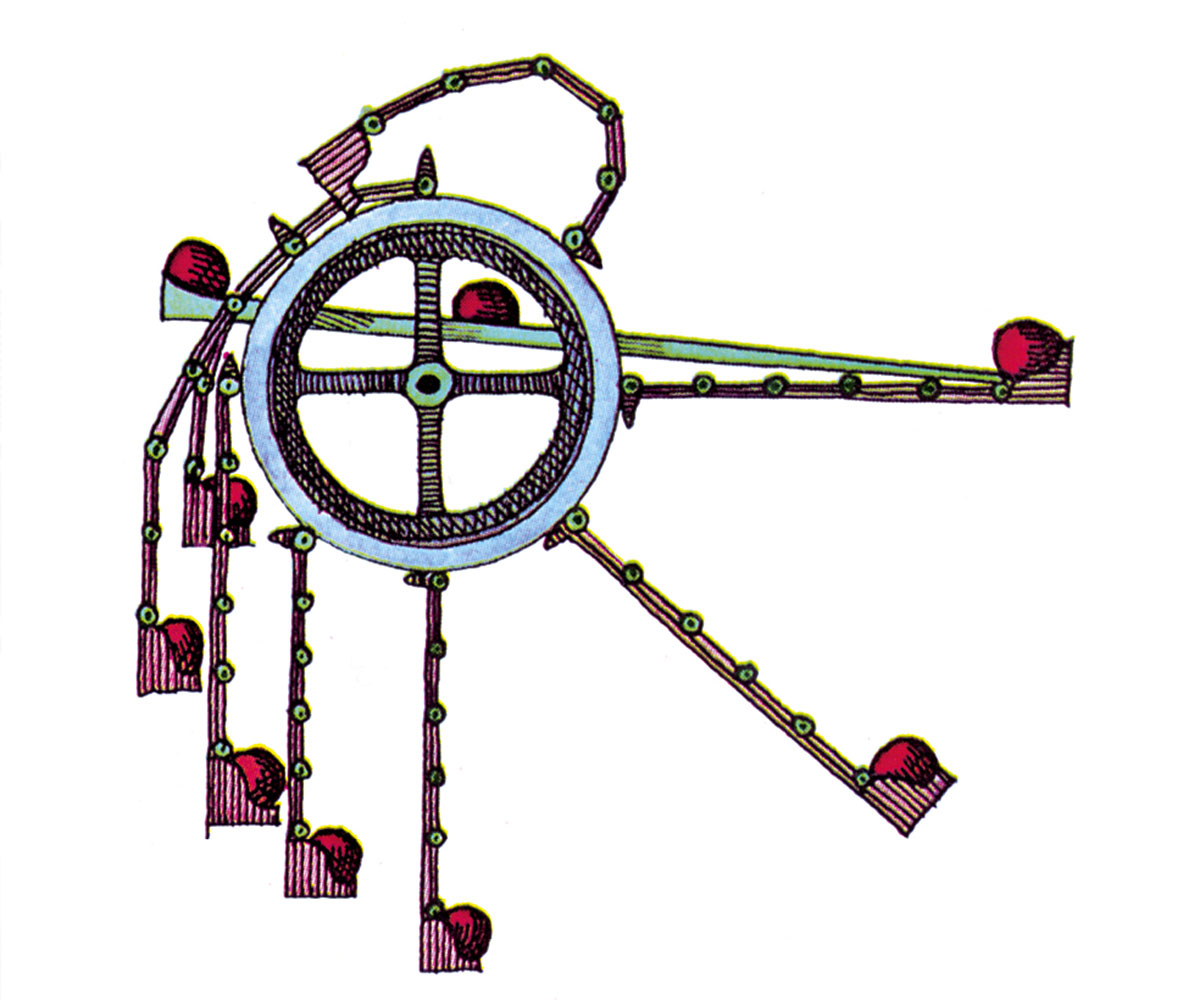
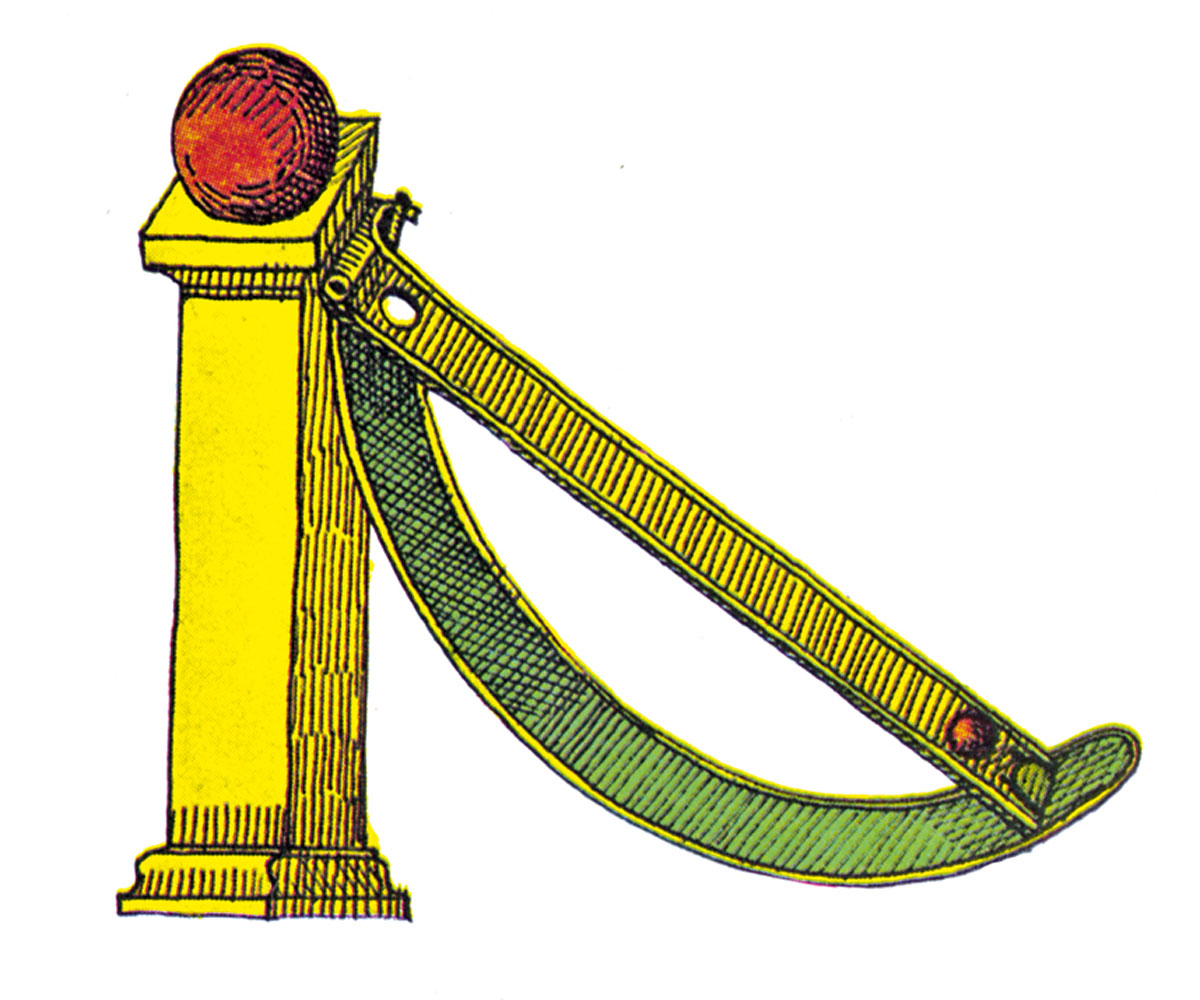
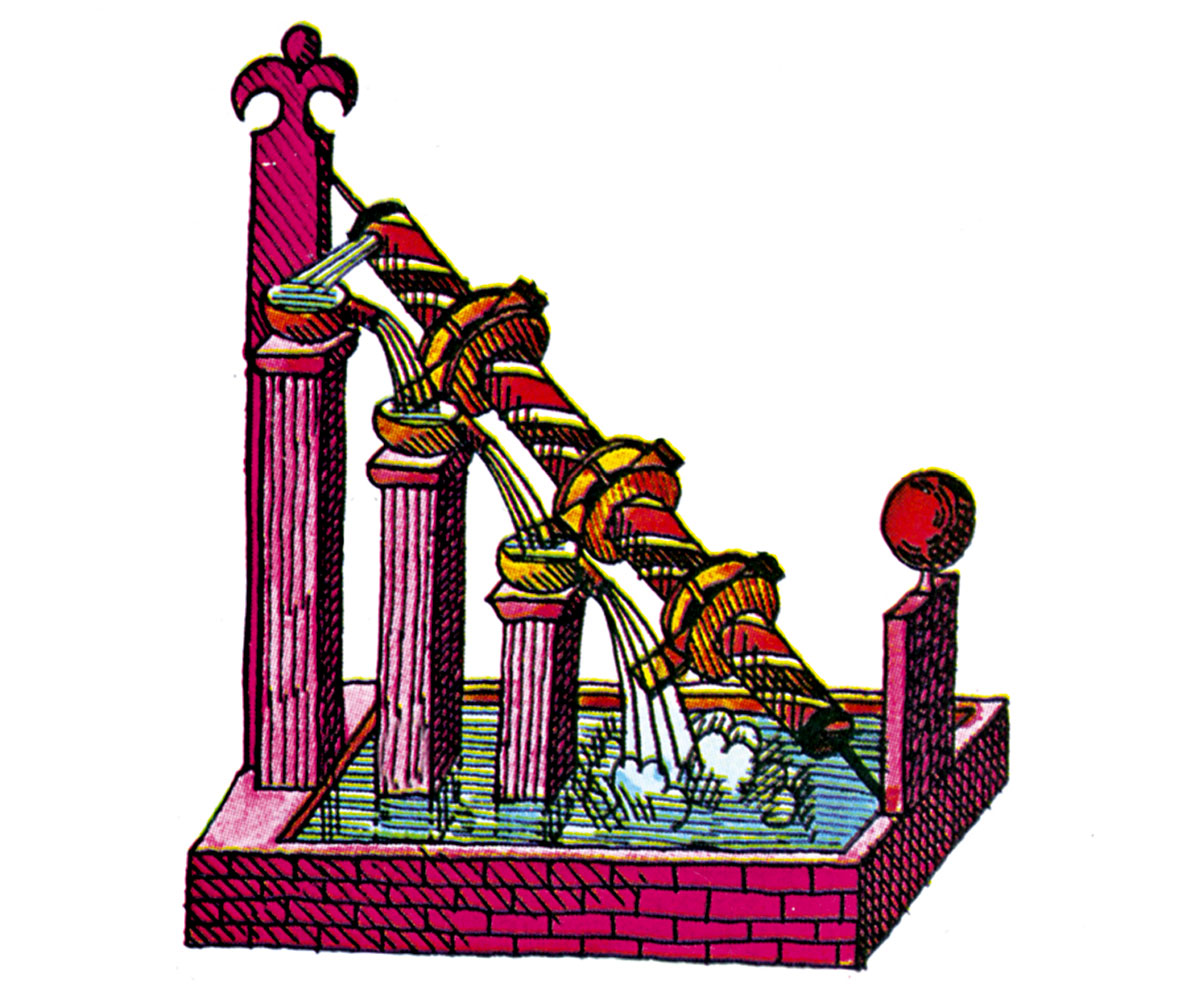
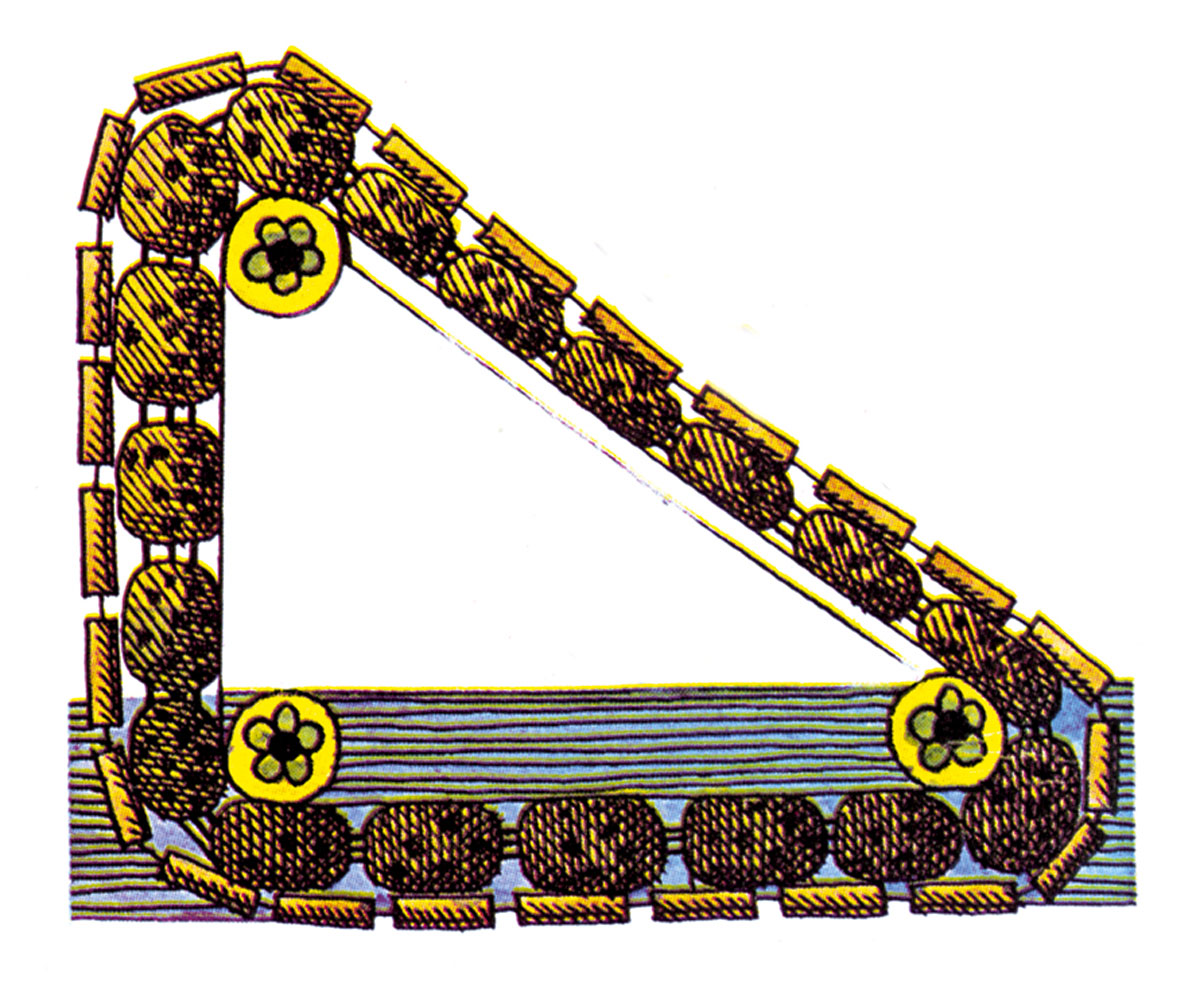
Simon Schaffer teaches history of science at the University of Cambridge. He has co-edited The Sciences in Enlightened Europe (Chicago University Press, 1997), The Mindful Hand (Koninklijke Nederlandse Akademie van Wetenschappen, 2007) and The Brokered World (Science History Publications, 2009). He currently leads a research project on the history of the Board of Longitude.
Christopher Turner is an editor of Cabinet. His book, Adventures in the Orgasmatron: How the Sexual Revolution Came To America, was recently published by Farrar, Straus and Giroux in the US and by HarperCollins in the UK.